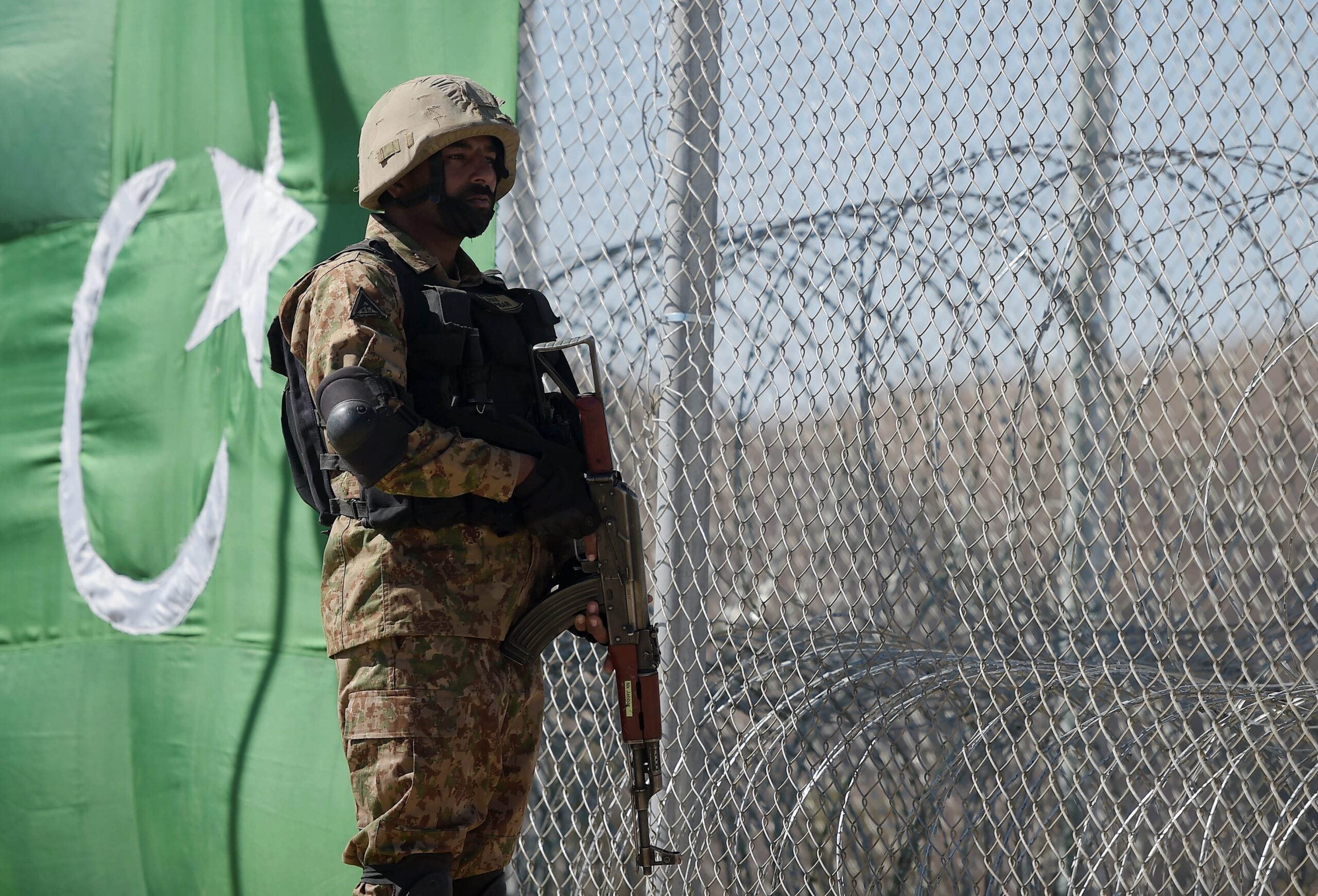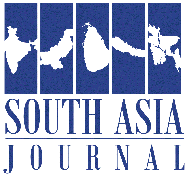
The recent telephone exchange between Pakistan’s Foreign Minister Ishaq Dar and his Afghan counterpart Amir Khan Muttaqi signals more than a routine diplomatic gesture. It embodies a subtle yet strategic shift in South Asia’s regional architecture—one grounded in infrastructural connectivity, diplomatic recalibration, and the recalibration of geopolitical trust. At the center of this evolving alignment stands the Uzbekistan-Afghanistan-Pakistan (UAP) railway project, a trilateral corridor with transformative potential.
Amid long-standing security anxieties and mistrust, Islamabad and Kabul’s decision to upgrade diplomatic relations to ambassadorial level is neither accidental nor merely symbolic. It reflects a pragmatic assessment that, despite political and ideological divergences, both nations need a shared framework of cooperation to unlock economic opportunities and build strategic autonomy in the region. The UAP railway project, originally envisioned in 2021, is now emerging as the central axis around which this thaw in bilateral relations is coalescing.
Traditionally, the Pakistan-Afghanistan relationship has been framed through the lens of securitization. The vocabulary of cross-border terrorism, deportation campaigns, intelligence accusations, and political dissonance has dominated discourse. However, the foreign ministers’ recent dialogue, underpinned by mutual interest in finalizing the UAP framework agreement, marks a transition from a security-first approach to a connectivity-centered paradigm.
This shift is not simply bilateral but structural. In international relations theory, such a realignment reflects “functional institutionalism”—where states prioritize shared economic objectives over ideological rigidity to build functional cooperation. The UAP railway thus becomes a physical manifestation of this emerging logic: a transnational infrastructure that requires political stability, policy coherence, and regional interdependence.
At the heart of this development lies the UAP railway—an initiative poised to redefine trade dynamics between Central and South Asia. By linking Uzbekistan’s resource-rich economy to Pakistan’s maritime ports through Afghanistan’s strategic geography, the project promises to reduce trade costs, stimulate regional integration, and challenge pre-existing dependency patterns.
Currently, landlocked Central Asian republics are largely tethered to Northern trade routes via Russia. The UAP project introduces a viable southbound alternative, granting Uzbekistan and its neighbors direct access to Gwadar and Karachi. This not only diversifies trade options for Central Asia but also strengthens Pakistan’s status as a geostrategic bridge between Eurasia, South Asia, and the Middle East.
Furthermore, Afghanistan—often perceived as a geopolitical liability—is repositioned as a vital transit state. Such repositioning aligns with the logic of “positive connectivity,” wherein infrastructure is leveraged not merely for economic benefit but as a stabilizing political force.
The bilateral understanding to reappoint ambassadors signifies a trust-building measure aimed at institutionalizing the UAP railway as a long-term strategic endeavor. With Dar and Muttaqi reviewing the April 2025 decisions taken during Dar’s Kabul visit, a strong indication emerges that Pakistan is pursuing a more sustained, layered diplomatic engagement with Afghanistan, no longer driven solely by short-term security imperatives. Importantly, the foreign ministers’ discussion came on the heels of a trilateral summit in Beijing, where China also pushed for regional connectivity. While China’s broader Belt and Road Initiative (BRI) underpins many connectivity projects, the UAP railway—although independent—is complementary to the BRI’s goals. For Pakistan, this strategic alignment provides an opportunity to embed its regional infrastructure into larger geopolitical matrices without surrendering autonomy.
However, there are significant challenges. Afghanistan remains an unstable partner, and despite recent assurances, Pakistan remains cautious about the Taliban regime’s capacity and willingness to control cross-border terrorism, particularly from groups like the TTP. While diplomatic engagement is expanding, security concerns are far from neutralized. In addition, India’s exclusion from this evolving connectivity ecosystem—by design or default—raises strategic implications. As Islamabad, Kabul, and Tashkent integrate further, New Delhi’s regional position could suffer if it fails to engage or propose competitive alternatives. With Turkiye and China already asserting influence in regional logistics, India’s reluctance to engage multilaterally may result in geopolitical isolation.
The UAP railway offers more than trade—it represents a strategic recalibration of South Asia’s fault lines. By emphasizing mutual gain, institutional trust, and physical interdependence, the project allows countries like Pakistan and Afghanistan to reframe their relations from adversarial to cooperative. The success of such projects relies on moving from zero-sum security games to positive-sum economic frameworks.
The telephone call between Foreign Ministers Dar and Muttaqi may not generate headlines, but it marks a watershed moment in regional geopolitics. With the UAP railway gaining momentum and diplomatic normalcy being restored, a new corridor is being carved—not just through geography, but through policy and perception. Pakistan and Afghanistan, historically linked by culture and conflict, are now exploring a new grammar of diplomacy—one that speaks in the language of railways, trade routes, and regional interdependence. This reorientation, if sustained, could not only transform bilateral ties but also rewire the political geography of South and Central Asia. The age of “infrastructural geopolitics” may just be dawning—and the UAP railway could be its flagship symbol.
